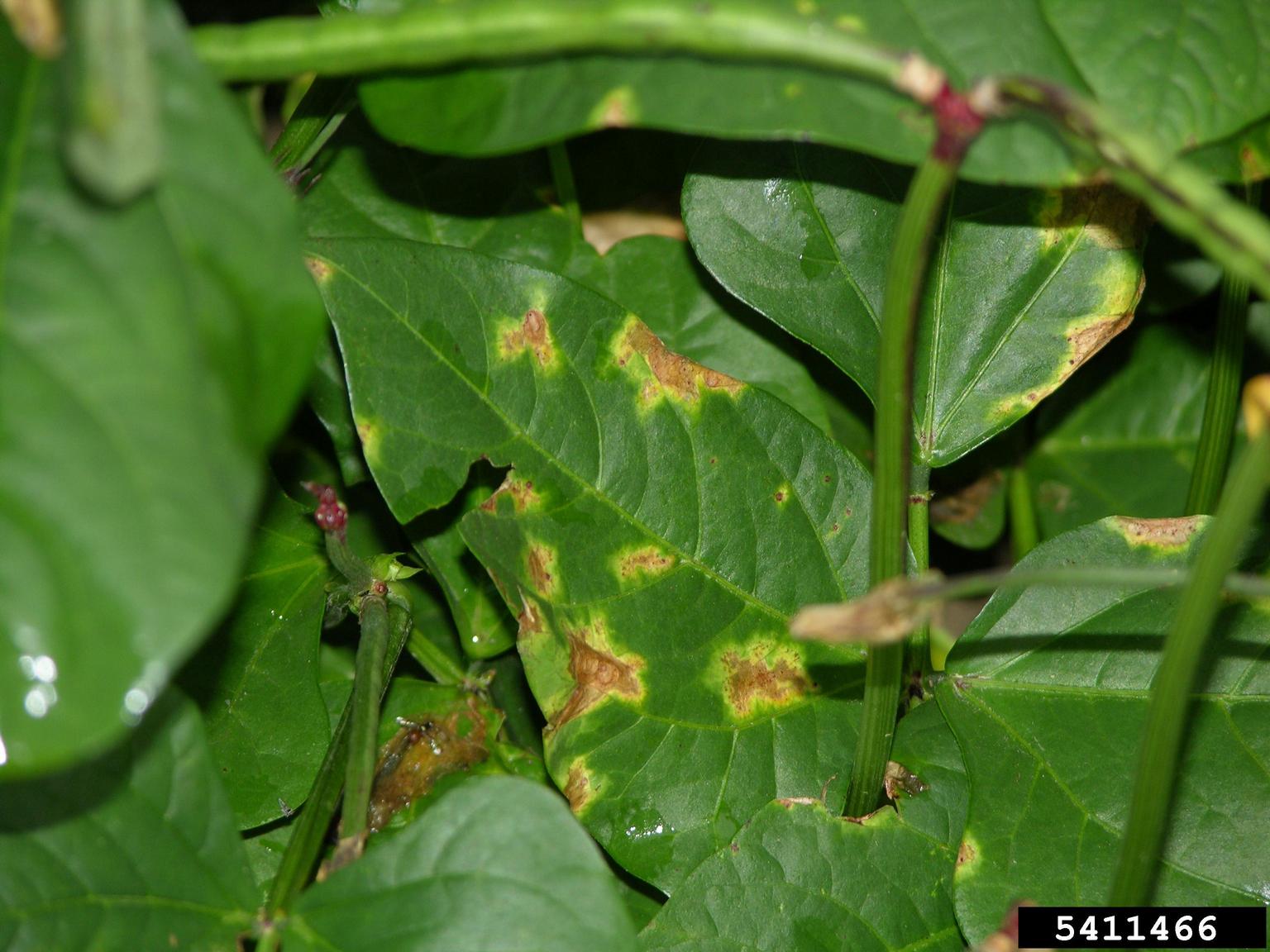Myrothecium Leaf Spot Of Watermelon: What Is Watermelon Myrothecium Leaf Spot
There's a fungus among us! Myrothecium leaf spot of watermelon is a mouthful to say but, luckily, it does minimal damage to those sweet, juicy fruits. It is the leaves that take the brunt of the fungi's attack. Learn more about the disease and its control in this article.


There's a fungus among us! Myrothecium leaf spot of watermelon is a mouthful to say but, luckily, it does minimal damage to those sweet, juicy fruits. It is the leaves that take the brunt of the fungi's attack.
Watermelon Myrothecium leaf spot is a fairly new disease, only recognized in 2003, and is also rather rare. Just like most fungi, this character needs moisture to grow and cause trouble.
Symptoms in Watermelon with Myrothecium
Korean plant growers first spotted Myrothecium on watermelon plants growing in a greenhouse. The disease has rarely been observed in field grown melons, probably due to the humid conditions in the enclosed plants.
The disease is a leaf and stem rot fungus that attacks foliage first and can progress to the stem over time. It resembles many other fungal diseases, such as damping off in seedlings or Alternaria blight. The diagnosis may be difficult due to the disease's similarity to many other fungal problems.
Symptoms begin on stems and appear as dark brown lesions. These will coalesce into larger spots. A very close look may reveal the black spores on the surface of the spots. The leaves will also become infected with necrotic black to tan irregular spots.
Once the diseased tissue has produced fruiting bodies, it will break away from the rest of the plant, leaving shot holes in leaves.
In watermelon with Myrothecium, the fruit is unaffected. The development of seedlings and young plants is halted and no fruit will be produced, but on mature plants, growth may slow in fruit but no lesions will occur.
Sign up for the Gardening Know How newsletter today and receive a free copy of our e-book "How to Grow Delicious Tomatoes".
Watermelon Myrothecium Leaf Spot Causes
Humid, rainy weather contributes to most fungal organism's growth. Myrothecium on watermelon has similar requirements. Warm, wet weather conditions favor the development of the fungus Myrothecium roridum.
Overhead spraying or excessive rains that keep leaves consistently wet are ideal conditions for the development of the spores.
The fungus is harbored on host plants and in soil, especially in areas that were previously cropped by melons. In addition to melons, the fungus seems to inhabit soybeans. Poor sanitation practices and favorable weather conditions are the biggest contributing factors to the disease. It does not appear to attack seeds of the fruit.
Control of Myrothecium
- The easiest way to avoid this disease is by crop rotation since the fungus is harbored in decaying pieces of melon plants.
- Clean up the sight at the end of the season and compost any leftover plant material.
- Avoid overhead watering during periods of the evening when leaves will not dry completely, especially when conditions are humid and warm.
- Apply copper fungicide by spraying leaves early in the season when seedlings have at least two sets of true leaves and again just as flowering commences.
- Install plants far enough apart that adequate circulation is possible.
Good care of plants and removal of affected leaves can also minimize the spread of Myrothecium leaf spot of melons.

Bonnie Grant is a professional landscaper with a Certification in Urban Gardening. She has been gardening and writing for 15 years. A former professional chef, she has a passion for edible landscaping.